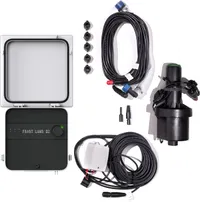Garden experts share the best time to water your lawn — and I've been getting it all wrong
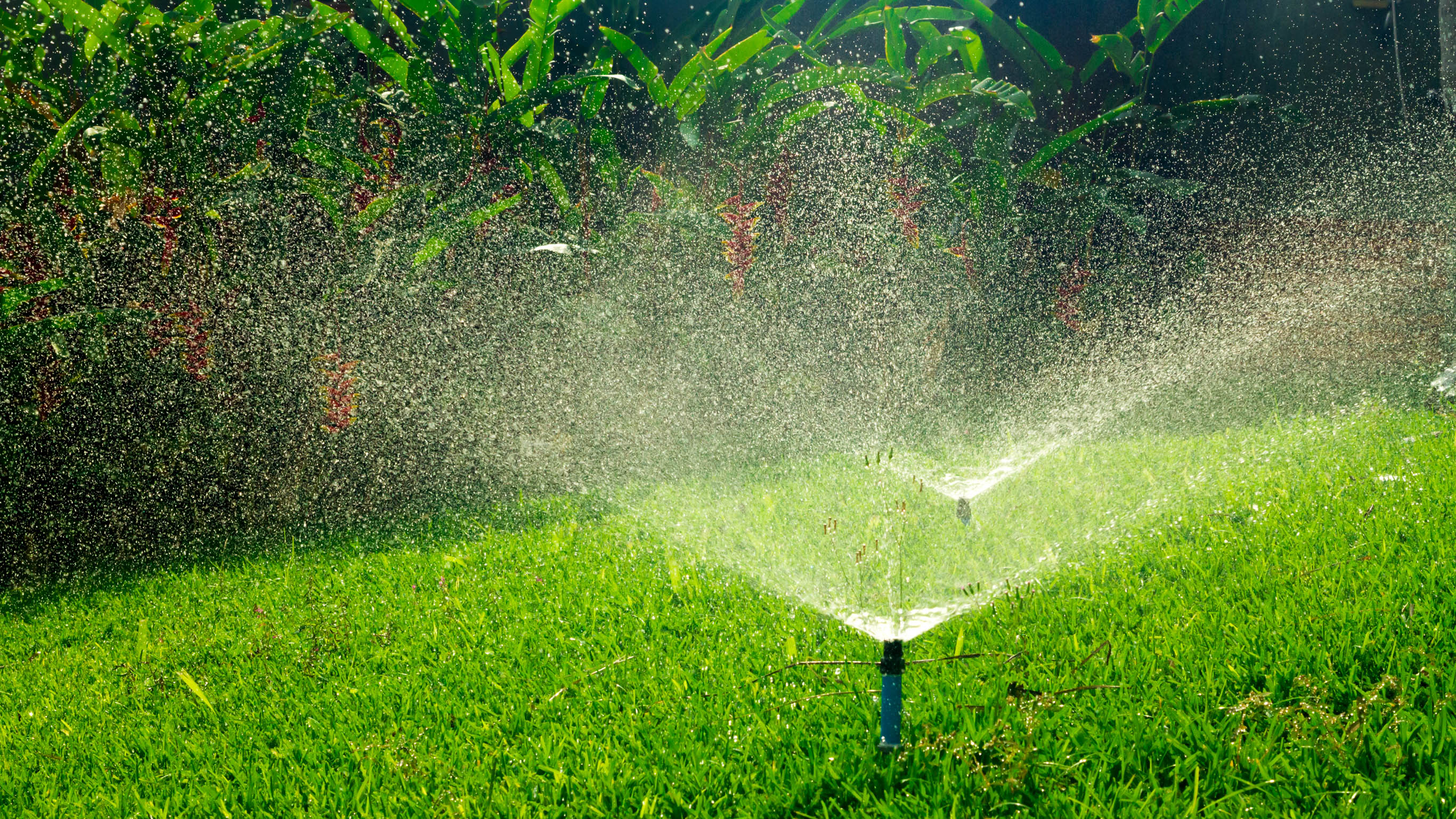
My lawn is looking in a sorry state. The scorching summer sun and lack of rain have turned my lawn into a patchy mess of brown — a far cry from the lush green lawn I had hoped to enjoy this year.
Despite giving my lawn regular water, I must be making a big mistake. To find out where I’ve been going wrong, I called in the help of lawn and gardening experts to ask when is the best time to water a lawn and how to do it the right way.
How can you tell when your lawn needs watering?
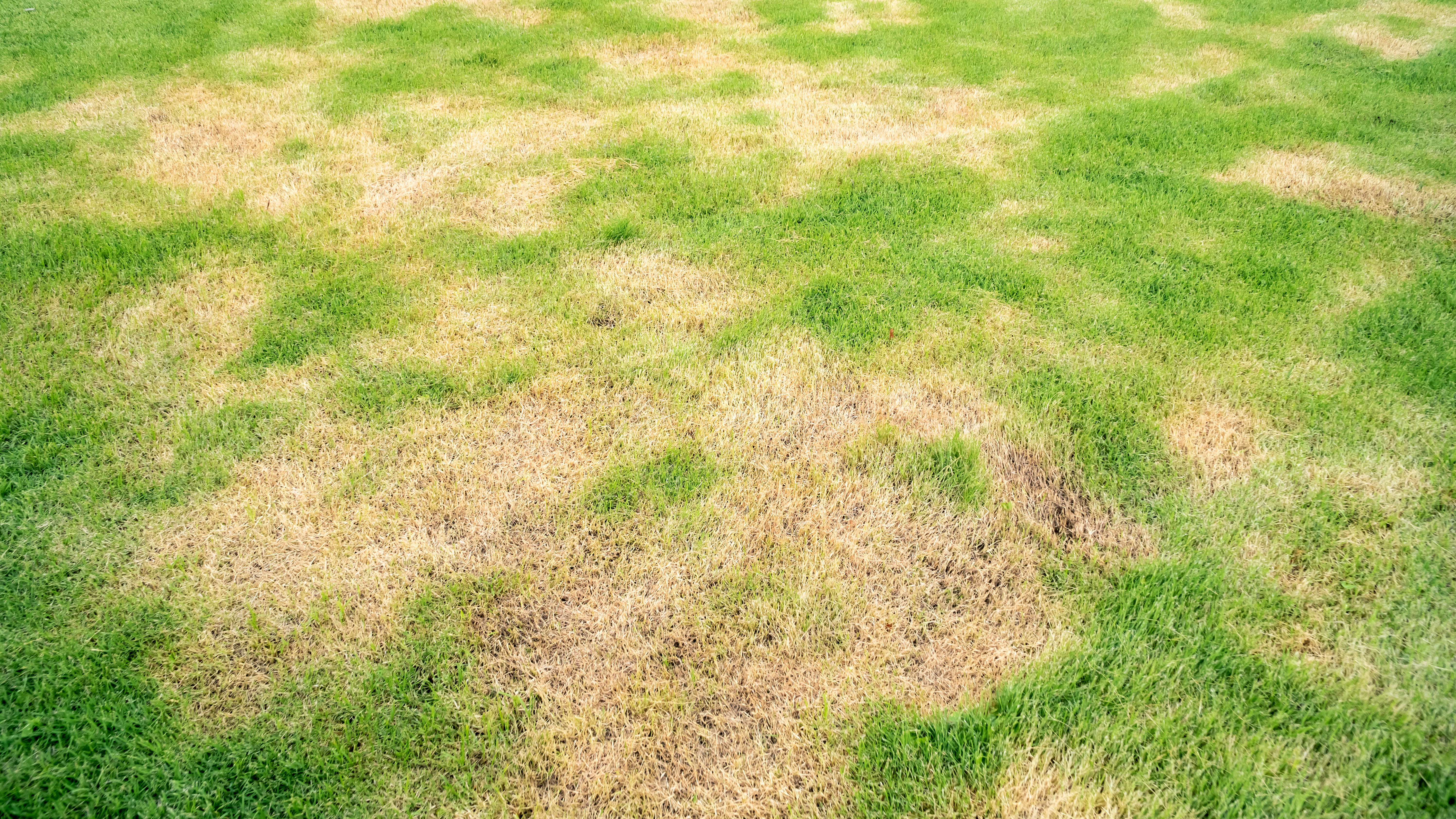
Hayden Salt, Garden Centre Manager at Jacksons Nurseries, says there are a few signs to look out for that indicate your lawn needs a drink: “Changing color, stunted growth, and becoming dull are major bellwethers, while footprints leaving an indentation is also a sign more moisture is required.”
Anastasia Borisevich, plant expert at Plantum, says that apart from the lawn changing to a pale-green or reddish-brown shade the blades will droop and wilt, as they curl to reduce water evaporation. “In this state, the grass won’t bounce back after being stepped on,” she says.
You can also try the screwdriver test to determine if your lawn needs watering. Karina Reginato, owner at Scottsdale Conserva Irrigation, says, “Take a long screwdriver and push it into the soil. If it’s difficult to go down 6 inches, your soil is too dry.”
How to tell if your lawn is well-watered
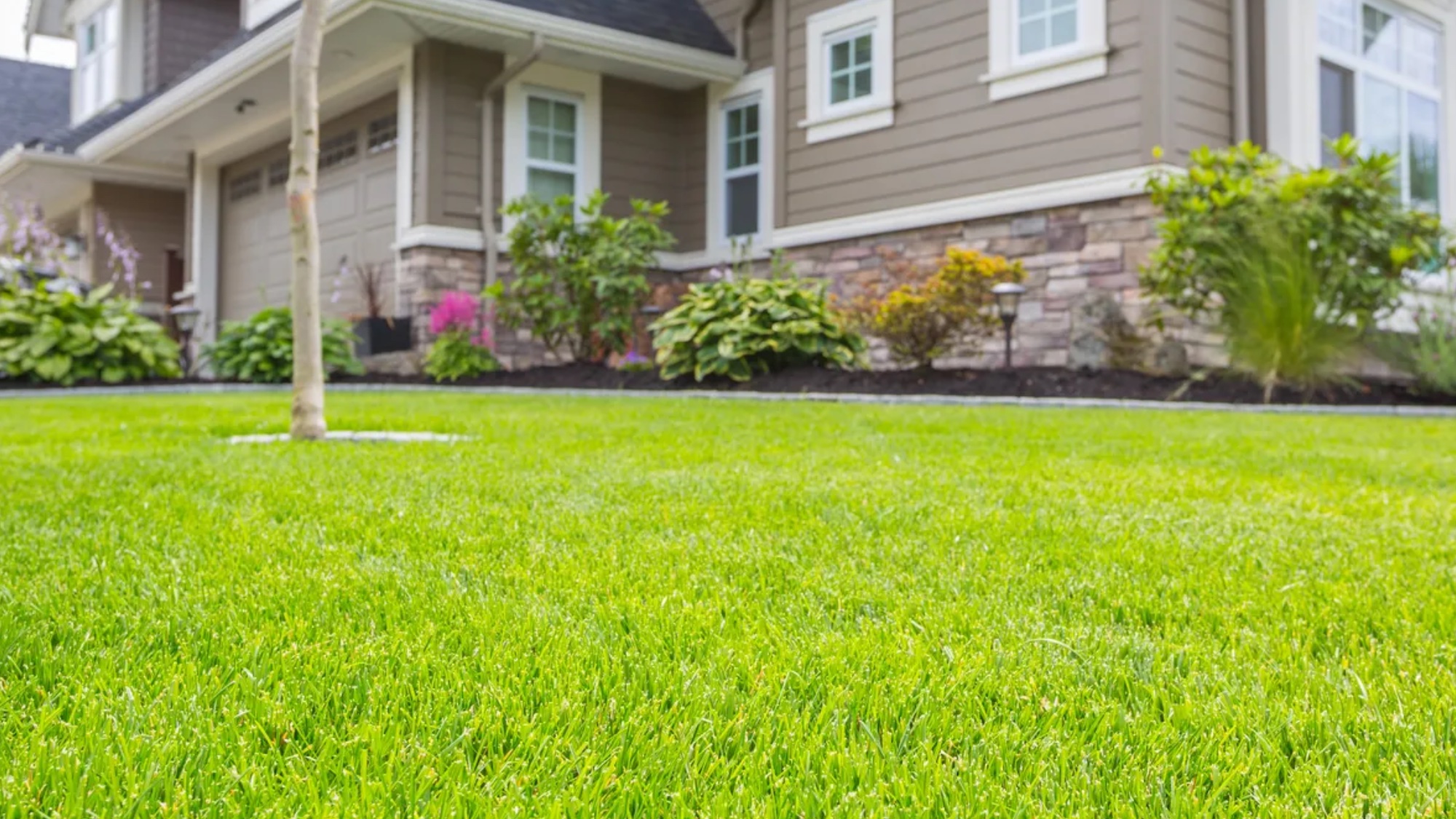
It’s easy to tell if your lawn is well-watered. Borisevich says it will spring back when you walk on it. She also adds it should look “vibrant, with a rich green or even emerald hue.”
Garrett Lang, turf management lead at Lex Lawns & Irrigation, says that you can also judge the health of your lawn by the number of weeds. “A lawn with minimal weeds is a healthy lawn. It does not have to compete for nutrients with weeds,” he explains.
Get instant access to breaking news, the hottest reviews, great deals and helpful tips.
Although Lang mentions that you can buy moisture probes to check the hydration of your lawn, he says the visual clues should be enough, and states, “Just feeling the soil below the grass will tell you everything you need to know.”
When is the best time to water your lawn?
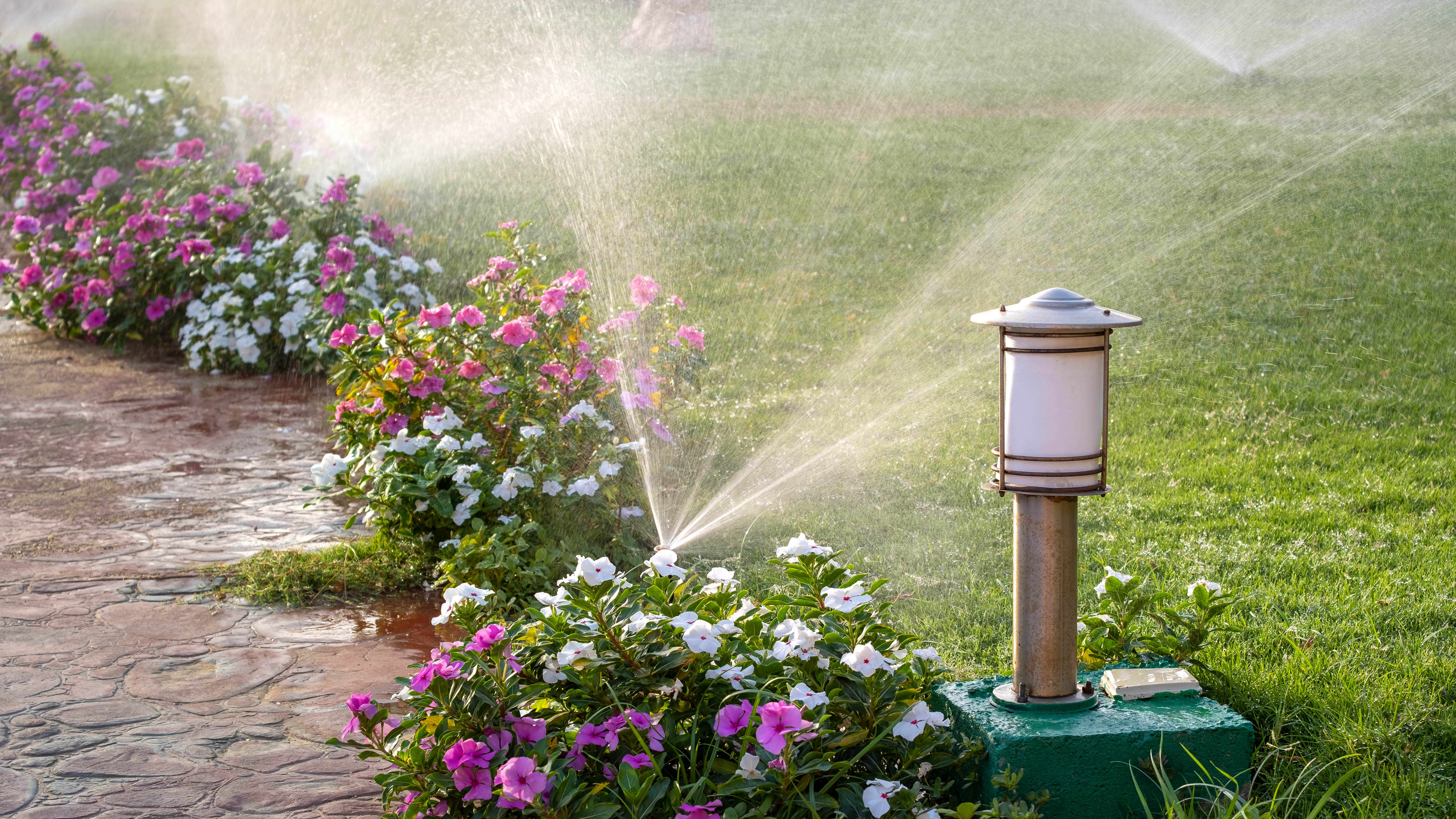
Timing is everything when it comes to watering your lawn. Allison Koenig, lawn and garden expert at Tractor Supply, says, “Watering in the heat of the afternoon can result in up to 30% of moisture being lost to evaporation before it even reaches the roots.”
To save water and your grass, Koenig says, “the best time to water in hot weather is early in the morning while temperatures are still cool.” That maximizes water absorption.
It may seem early, but Lang suggests that the best time to water your lawn is between 4 a.m, and 8 a.m. “Wind is usually at a minimum, and evaporation rates are low,” he explains.
Now I know where I’ve been going wrong. Instead of getting up with the lark and watering my lawn, I’ve been leaving it until the evening.
When is the worst time to water your lawn?
While evening watering might seem like an option — it’s the time of day that I’ve been mistakenly watering my lawn — Koenig explains why it’s a bad idea. “It can leave moisture sitting on the grass overnight, creating the perfect conditions for fungal diseases.”
While watering in the evening is not advised, watering at midday is also not recommended. Salt says, “Watering during the heat of the day, especially in the summer, means the moisture will evaporate too quickly. It’s also more likely to be windy, adding to the drying factor.”
Outside of summer, these rules change slightly. Koenig advises, “It’s important to wait until after sunrise when temperatures have warmed up. Watering during a frost can cause ice to form on the blades, potentially damaging or even killing your grass.”
How can you tell how much water your lawn needs?
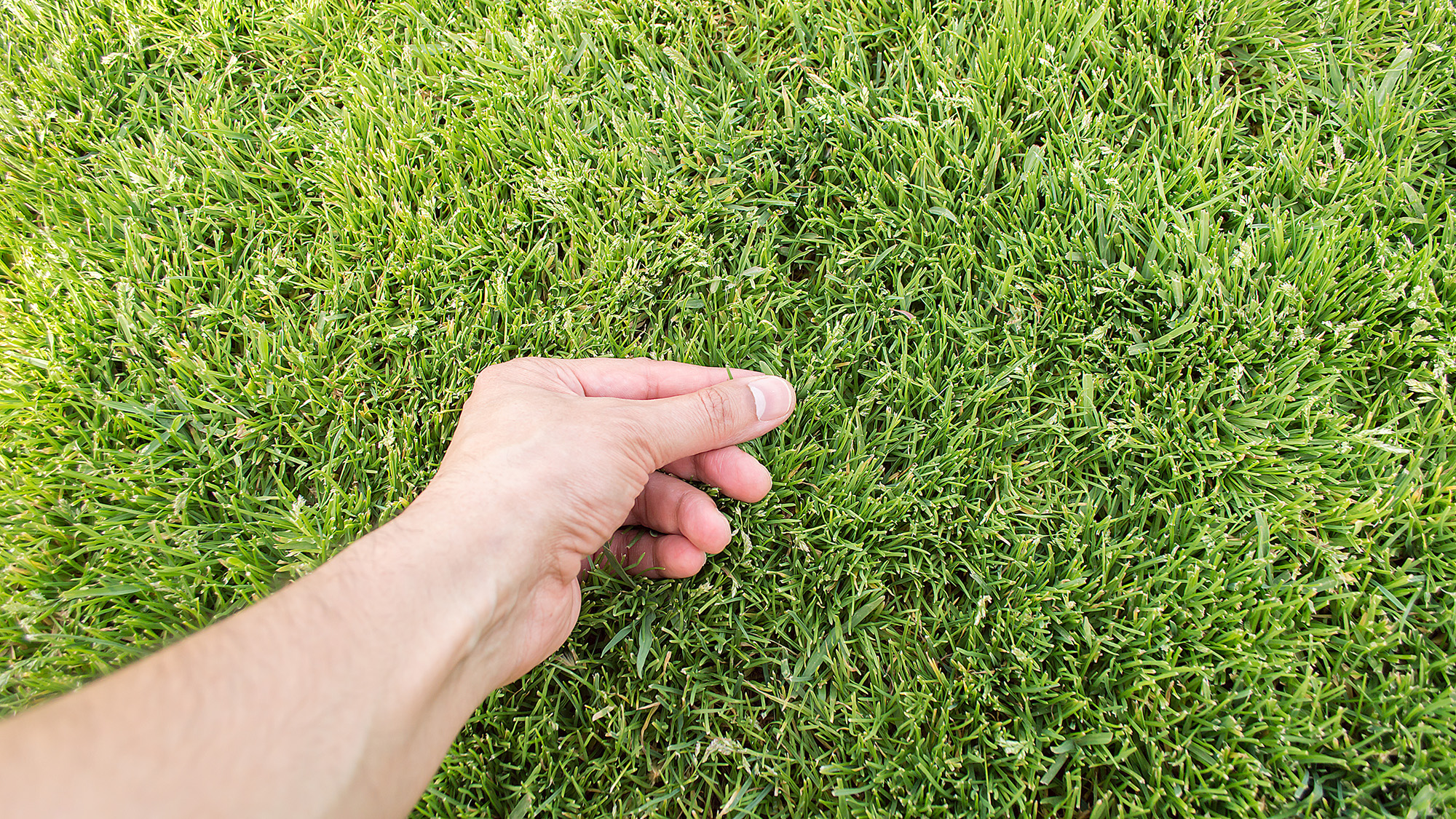
I’m never sure how much water my lawn needs; it’s a balance between underwatering and overwatering. “A good rule of thumb is a lawn needs one inch of water per week," Salt says, "but it depends on the type of soil you have. Sandy soils will require more as they drain much quicker, while clay soils tend to cling on to water better.”
You also need to consider your local weather conditions, “Hot spells and high winds will mean you need to increase the amount,” he says.
It can be hard to judge how much is one inch, but Reginato has a plan to help. “You can measure by placing a shallow container on the lawn. When it fills to about one inch, you’ve watered enough.
Watering your lawn through the seasons
Your lawn will need different levels of water throughout the seasons, although it will require more during the hotter months. Borisevich says, “When the temperature rises above 77–81°F (25–27°C) in summer, you’ll need to increase your watering because the soil will be drying out a lot faster. More frequent watering will also help the grass handle the heat and intense sunlight.”
This changes as the temperature turns cooler, “When it gets cool and cloudy, you won’t need to water as often because moisture will evaporate more slowly,” and she adds, “During frequent and heavy rains, you don’t need to water your lawn at all.
What’s the best way to water a lawn?
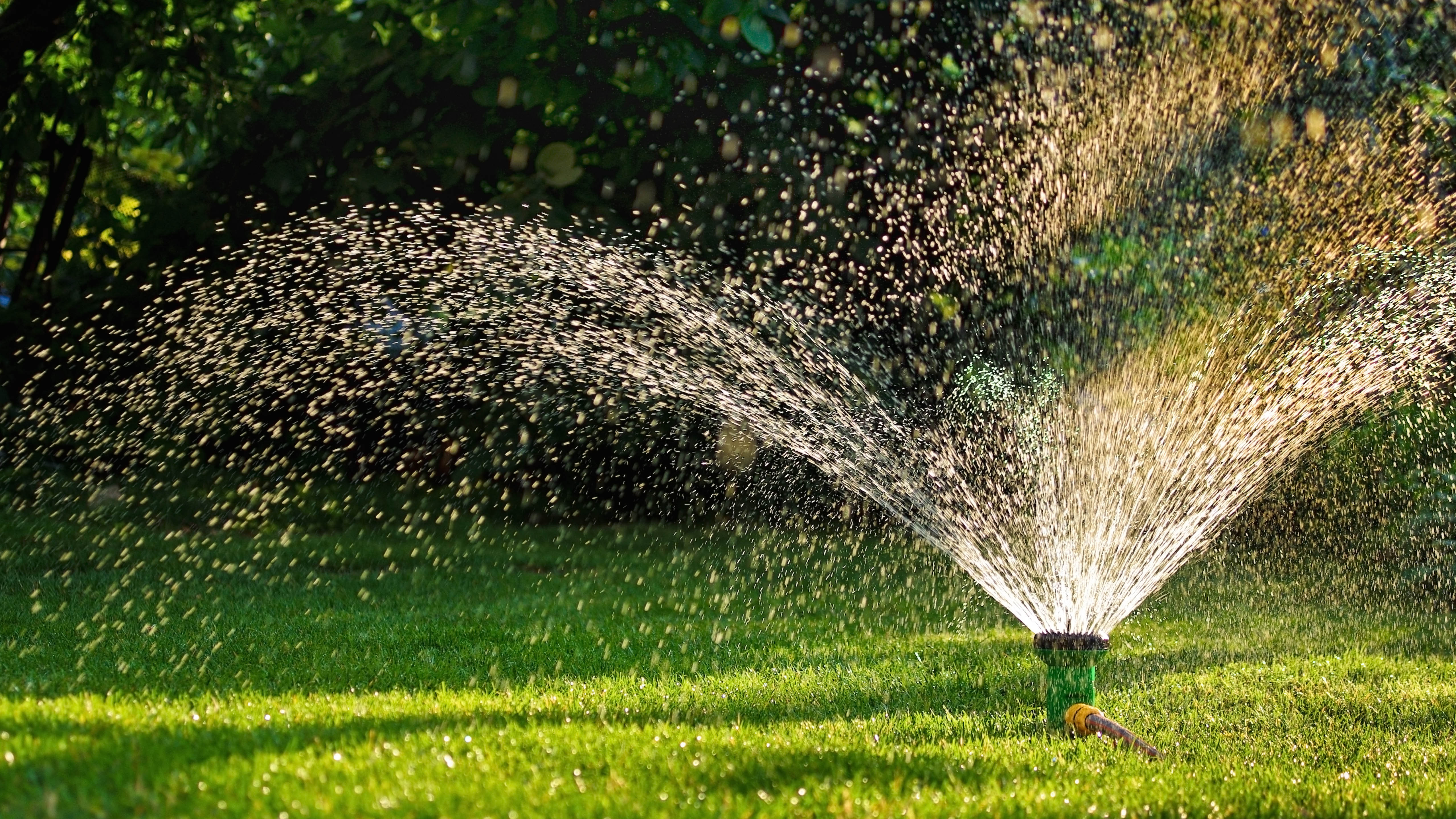
The key to getting your lawn watering right is to go for depth. “Deep, infrequent watering encourages grass roots to grow deeper into the soil, enhancing drought resistance and overall lawn resilience. This method is preferable to frequent, shallow watering, which can lead to shallow root systems and increased susceptibility to stress,” says Koenig.
It will also encourage the roots to become more drought-resistant, although you do need to be careful not to turn your lawn into a big puddle.
How to check if you’ve under-watered or overwatered your lawn
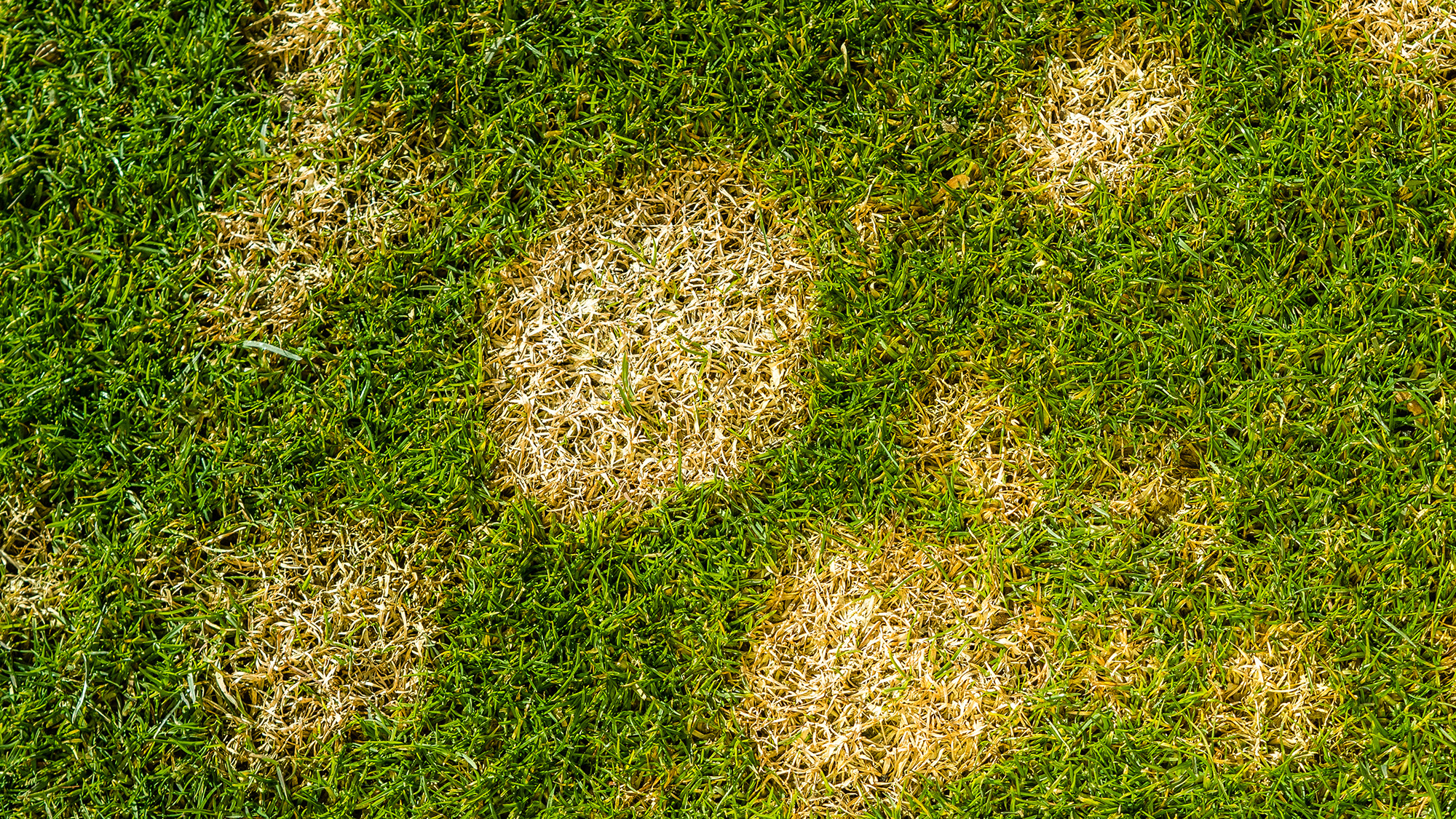
Reginato explains that overwatering leads to shallow roots, disease, and wasted water, while underwatering causes drought stress and thinning turf.
While getting the balance right is the ideal scenario, Lang advises not to go overboard with lawn watering and says, “Always under water, never over water.”
He explains that grass goes dormant during a drought to protect itself from damage.
So, what happens to your lawn if it receives too much water? “Excess moisture encourages the growth of problematic weeds such as crabgrass and nutsedge while also creating ideal conditions for lawn diseases and fungal outbreaks,” he adds.
The stick test
Borisevich says there is an easy way to tell if your lawn has been overwatered by using a stick. “Insert it into the soil to a depth of 4 to 6 inches (10–15 cm). If water fills the hole, this is a sign of overwatering,” she says.
To combat overwatering, she advises, “Wait for the topsoil to dry out and adjust your watering to avoid this problem in the future. However, don’t let the substrate get too dry, as this will cause additional stress to the grass.”
This smart lawn sprinkler kit is a great way to water your lawns without manual labor. You can automate your lawn care routine by setting watering schedules , monitor usage, and receive alerts via the Irrigreen mobile app. It also adjusts watering patterns based on weather forecasts, which is always handy.
Hose or sprinkler: Which is best?
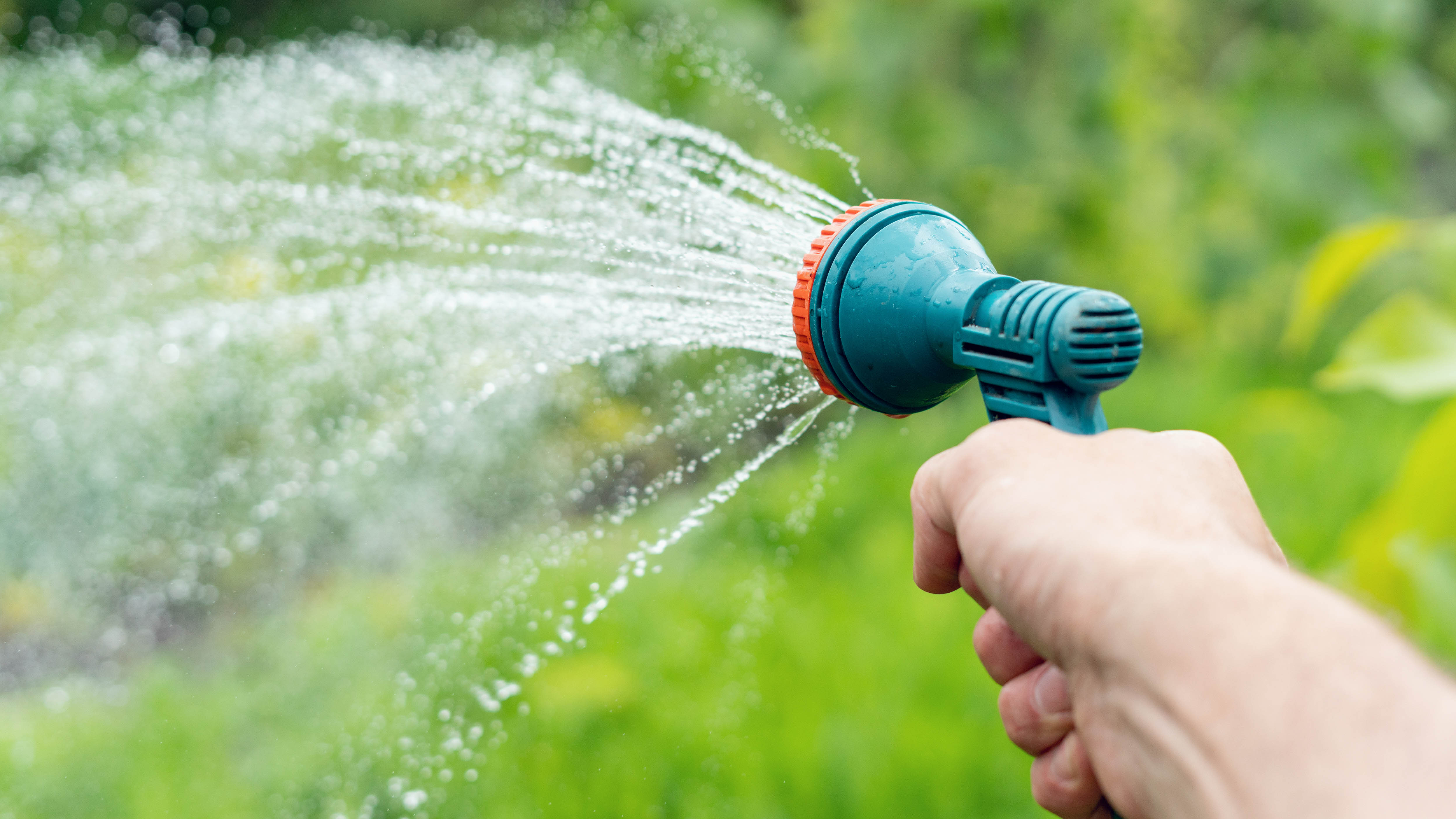
Using a sprinkler system takes far less of your time than watering your lawn with a hose, but which is best for your grass?
“Ideally, you should use a sprinkler, as it gives more even coverage than a handheld hose,” says Salt. “Oscillating sprinklers are especially good at this. However, as long as lawns get watered at the right time and with the right amount, use whatever you have to hand.”
Lang recommends a smart irrigation system as they are set on timers so the homeowner doesn’t have to water by hand: “If you do not have an irrigation system, a sprinkler will work just fine.”
And he warns against using a hose. “You can’t get a consistent amount of water by just holding the end of a hose. Use a sprinkler. It will distribute an even amount of water in the area it covers.”
More from Tom's Guide
- I'm an avid gardener and these are the top 3 tools I use to keep my lawn in good shape
- Beat the heat wave — 5 tips for keeping your lawn green
- Buying a robot lawnmower? 5 things to consider before you get one

Camilla is the Homes Staff Writer and covers everything to do with homes and gardens. She has a wealth of editorial experience, mounting over 30 years, and covers news and features, tests products for reviews and compiles buying guides.
Her work has appeared in business and consumer titles, including Ideal Home, Real Homes, House Beautiful, Homebuilding & Renovation, and Kitchen & Bathroom Business. She’s even appeared on the cover of Your Home, writing about her own house renovation.
Although she’s obsessed with decorating her home, she also enjoys baking and trying out the latest kitchen appliances. But when she’s not inside, you’ll find her pottering about in her yard, tending to her vegetable patch or taking in her prized hydrangeas.
You must confirm your public display name before commenting
Please logout and then login again, you will then be prompted to enter your display name.
